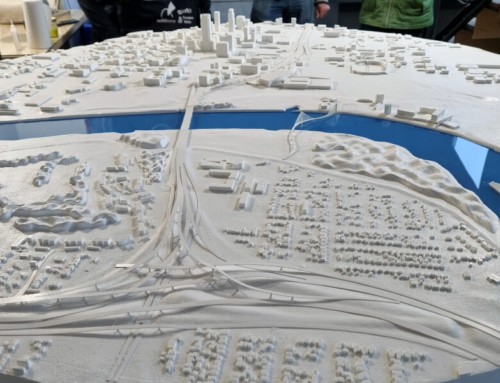Project Description
House scale models serve as a powerful tool for real estate developers, providing a tangible and detailed representation of architectural designs. These models bridge the gap between abstract concepts and physical reality, enhancing communication, planning, and marketing efforts.
House scale models play a vital role in the real estate development process. They offer a three-dimensional perspective of the proposed structures, allowing developers, architects, investors, and clients to visualize the project comprehensively.
House scale models are an indispensable tool in the real estate development industry. They transform abstract ideas into concrete representations, facilitating better communication, planning, and marketing.
With advancements in model-making technology, these models are becoming increasingly precise and impactful, enabling developers to present their projects in the best possible light. As the real estate market continues to evolve, the importance of house scale models in bridging the gap between vision and reality will only continue to grow.
Key benefits of using house scale models include:
- Enhanced visualization: Scale models offer a realistic view of the design, helping stakeholders understand the spatial relationships and proportions of the project.
- Improved communication: These models facilitate clearer communication among architects, developers, and clients, ensuring that everyone has a shared understanding of the project’s vision.
- Accurate planning: By providing a detailed representation, scale models help identify potential design flaws or logistical issues early in the development process.
- Effective marketing: High-quality scale models can captivate potential buyers and investors, serving as a persuasive marketing tool that showcases the project’s potential.
Benefits for Developers and Clients
The use of house scale models offers numerous advantages for both developers and clients:
- Informed decision-making: Scale models provide a clear and comprehensive view of the project, enabling stakeholders to make informed decisions based on a tangible representation of the design.
- Risk mitigation: By identifying potential issues early in the process, scale models help mitigate risks and avoid costly changes during construction.
- Client engagement: High-quality scale models engage clients and investors, offering a visually appealing and convincing representation of the project’s potential.
- Streamlined approval process: Detailed scale models can expedite the approval process by providing regulatory bodies and planning authorities with a clear understanding of the proposed development.


















